Gray Fox
Urocyon cinereoargenteus
Status: Secure
The Gray Fox has a salt and pepper fur appearance with a mix of a reddish brown color on their sides. A unique feature of this species is the black strip in the middle of their long bushy tail. The average adult gray fox weighs between 6 to 15 pounds. Gray foxes are the only members of their family that can climb trees which help them escape predator attacks.
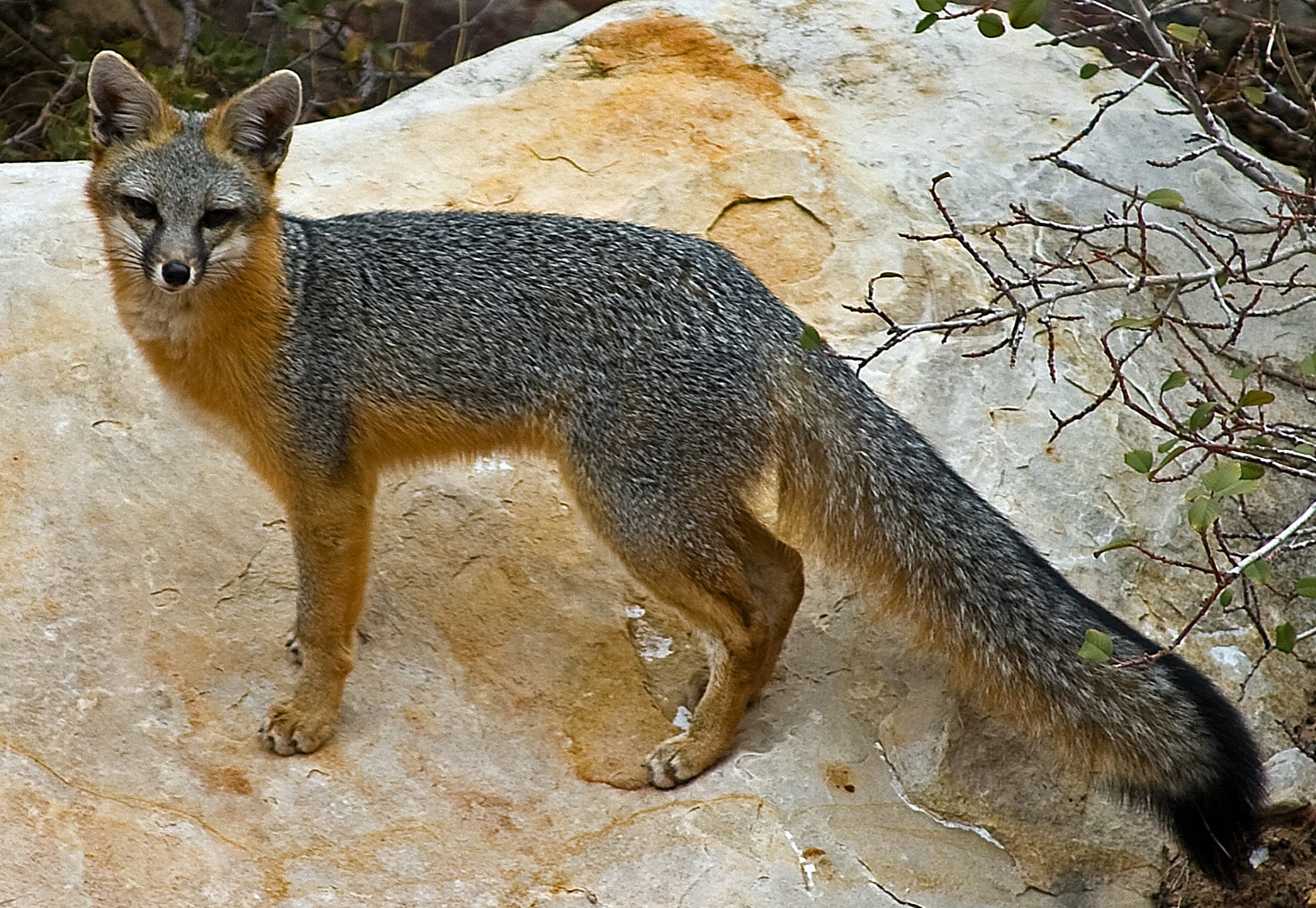
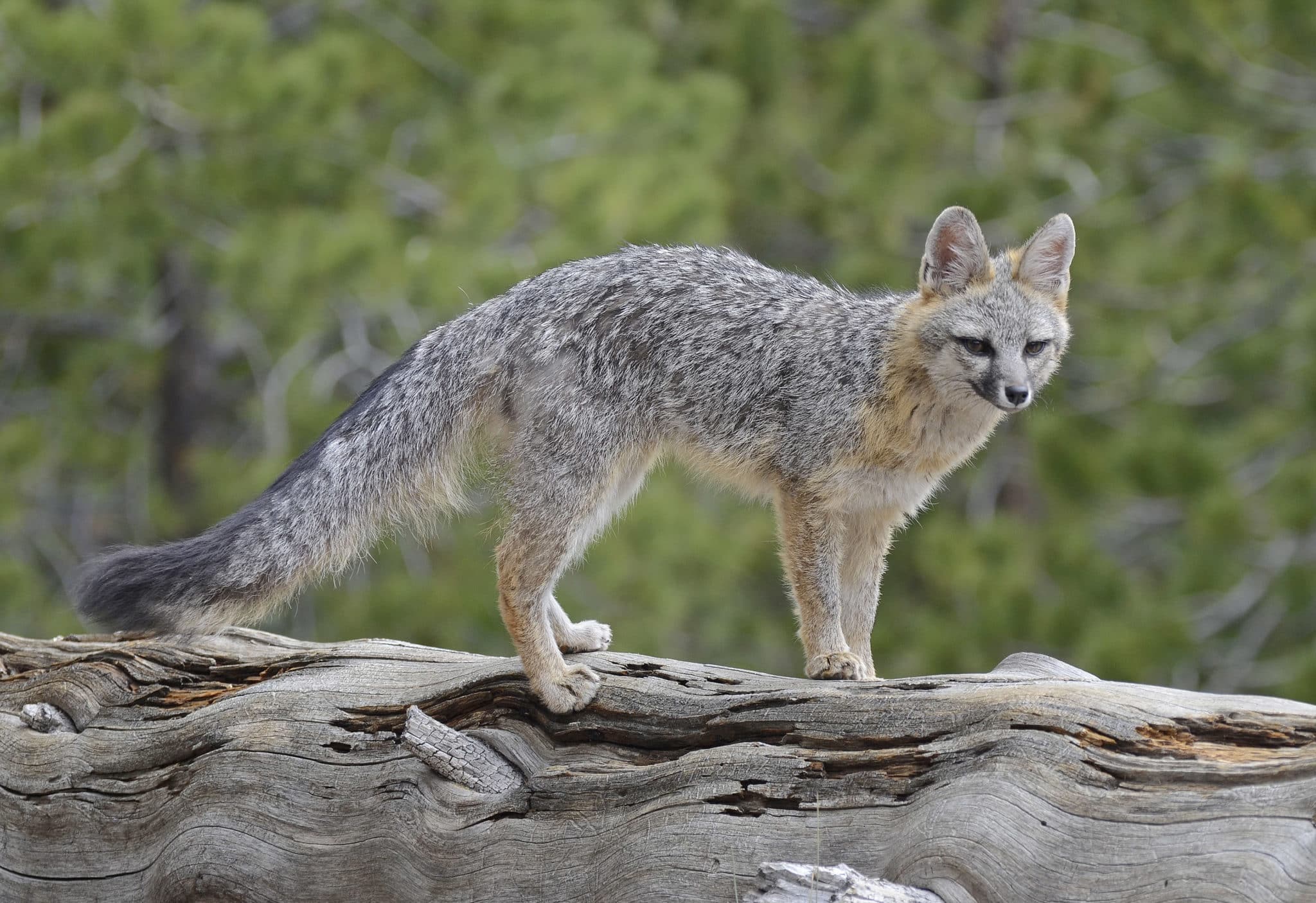
Habitat & Range
The gray fox has been found in a wide range of areas, mostly from Southern Canada to Northern Venezuela. In the United States these mammals do not live in the northwestern region where a lot of the mountains are present. They are often found in woodlands or farmland usually close to a water source.
Food Web & Energy Flow
The gray fox is known as a solitary hunter which means it hunts alone without a pack. The gray fox also has a diverse (different) diet where they can eat almost anything. They can eat insects, plants, birds, small mammals, and grasshoppers.
Gray foxes are secondary consumers and their main predators include bobcats, coyotes, owls and eagles.
Relationship to Fire
The forest floor is an important part of the gray fox survival. The gray fox uses fruits and berries as a food source and also depends on brush piles to hide out. Frequent fires should be maintained in order for nutrients to be added back to the soil which promotes plant growth.
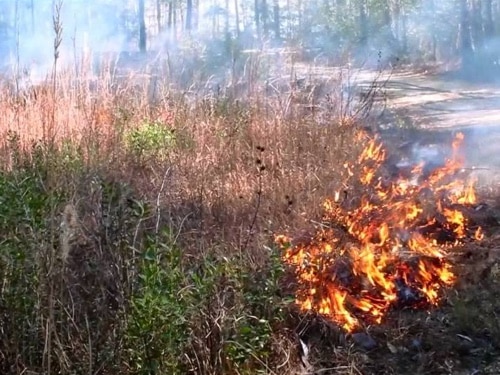
Conservation Status
The gray fox is of least concern since its population is stable. This species has different levels of pressure depending on the region, but overall it is considered Secure.
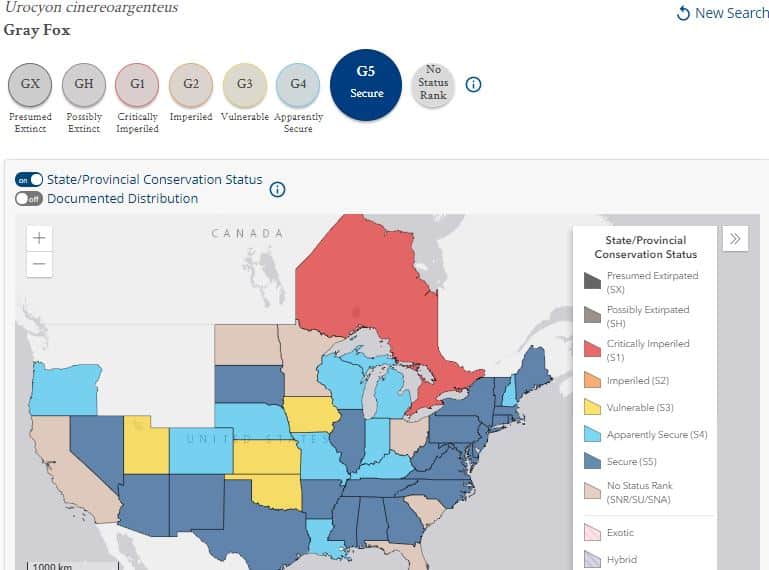
Human Impacts/ Threats

Land Use Conversion
Longleaf forests and the habitat it supports is being cleared or converted to use the land for other uses like houses, roads, agriculture, and even to grow different types of trees to sell.
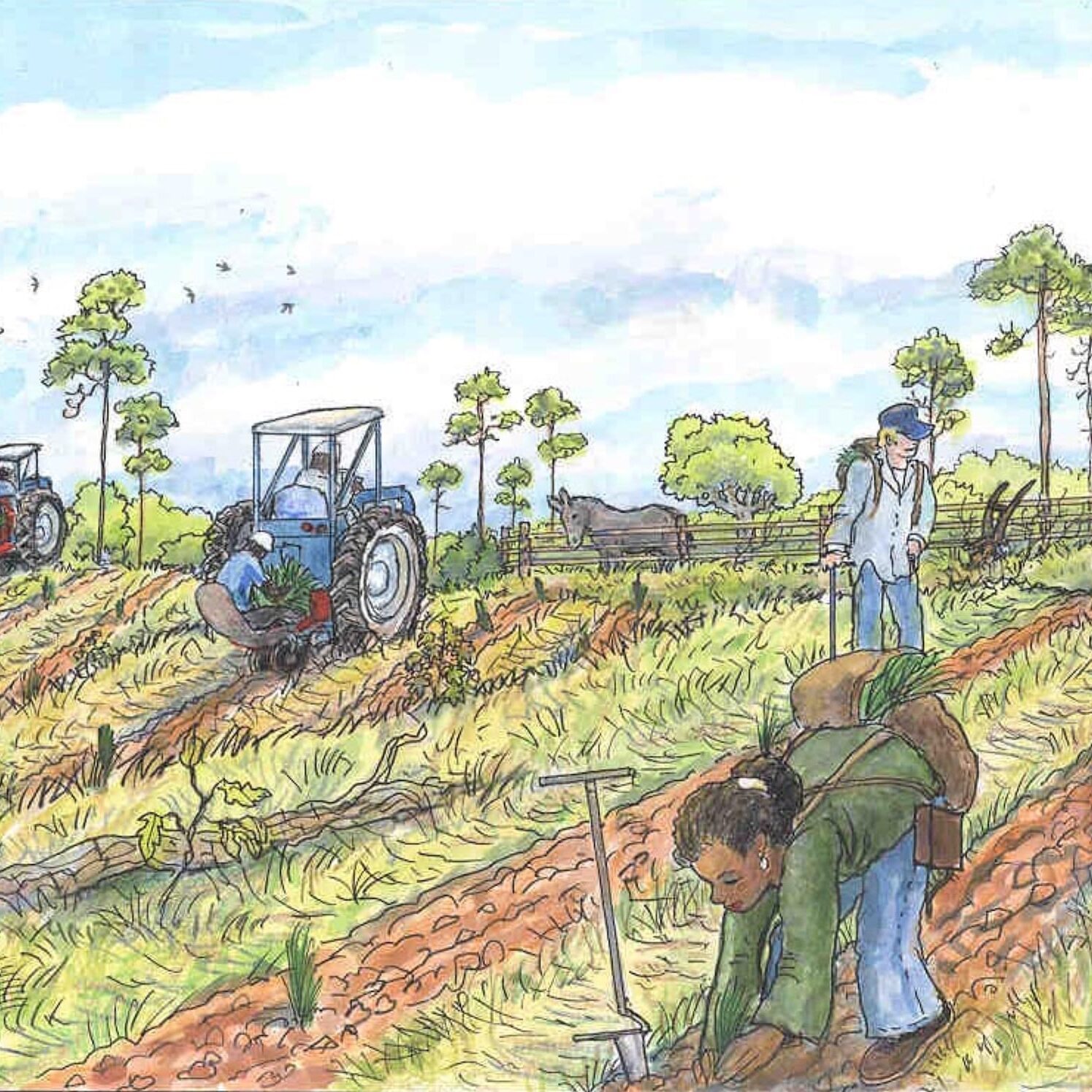
Poaching
Some poultry farmers have linked their livestock attacks to gray foxes. In many cases farmers will kill the gray fox when spotted. Also, people will capture the gray foxes for their pelt (animal's skin and fur).
Resources
Wildlife Science Center. Gray Fox
Nature Works. NH PBS-Gray Fox
Animal Diversity Web. Gray Fox
